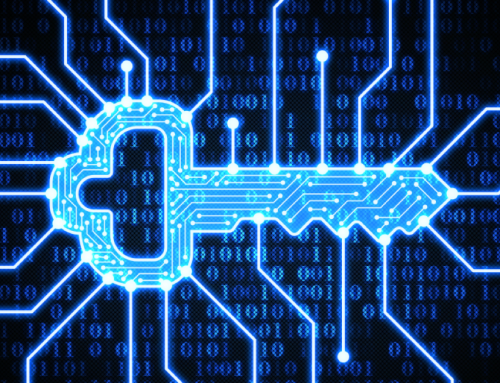CES was amazing this year. There were great advances all around, but clearly this was a huge year for the Internet of Things (IoT).
Device and platform intelligence and interconnectivity was the norm and the systems/connected life nature of new product offerings is being framed as a core piece of the value proposition across many consumer product segments. From home appliances to entertainment systems everything is increasingly networked and “smart” and the result no longer feels trivial.
Case in point were the many Smart Home products and platforms. For years Smart Home offerings felt more like solutions looking for a problem as they seemed incomplete and hard to use. But now with affordable sensors, maturity in interconnection standards, software protocol stacks and cheap processing, it is getting easy to connect and control everything with web browsers and smart phone apps. As a result, the Smart Home is now real, worthwhile and fun.
The industry does still need to further converge on core technologies, drive cross-manufacturer compatibility and improve consumer ease of use. But, manufacturers and technology providers have made meaningful progress with comprehensive (albeit sometimes competing) standards to improve this. The Open Interconnect Consortium, the AllSeen Aliance, and the ZigBee Alliance are making progress to advance IoT functionality and system intelligence and the standards for interconnect and interoperation to make this possible. These groups were well represented at the show, demonstrating plug and play functionality and real advances in ease of deployment.
With the current state of IoT we also seem to be at a tipping point. As it becomes relatively easy to add these capabilities, OEM providers of everything from lighting, to appliances, to HVAC, to security and more will include these features simply to be competitive. Aside from simple consumer convenience and fun, these new IoT solutions will help consumers in a lot of other ways such as with security management, preventative maintenance, virtual presence/video surveillance, energy cost savings or simple task management and automation. And with all of the low cost sensors and devices available to connect to this infrastructure, the list of advantages continues to grow.
I went to CES to see first hand how this market is evolving and to see what mass market technologies we can leverage in the more demanding and robust enterprise and industrial IoT space. And, at least at the edge of the network, there is a lot that industrial IoT can adapt from the consumer technology ecosystem. But for the broader end-to-end architecture of Industrial IoT we will need the same heavy focus on standardization, interoperability and compatibility of components to make broad and meaningful deployment easy for our customers.
But the Internet of Things was everywhere at CES. IoT technology and “Smart System” concepts are driving a new rich set of new functionality and value, and the investments in standardization and interoperability are now making it much easier for consumers to use and enjoy these advances. Again, we seem to be passing a tipping point with consumer IoT, and this was in full evidence at this year’s show.







Leave A Comment